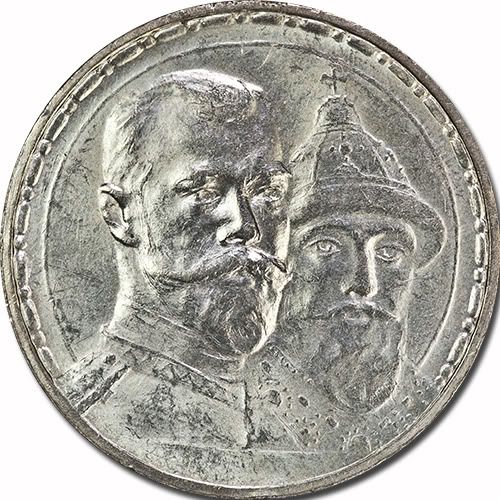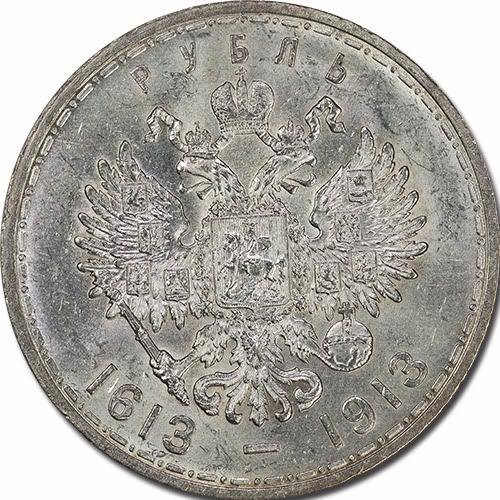A couple of other NEWPs.
 TwoKopeiki
Posts: 9,859 ✭✭✭✭✭
TwoKopeiki
Posts: 9,859 ✭✭✭✭✭
1808 Mexico City:


1816 Chihuahua oversrike on an earlier Chihuahua cast with an LCM (La Comandancia Militar) counterstamp:


And a bright Rouble i picked-up for about $100 and I think it's an MS 62-63.




1816 Chihuahua oversrike on an earlier Chihuahua cast with an LCM (La Comandancia Militar) counterstamp:


And a bright Rouble i picked-up for about $100 and I think it's an MS 62-63.


0
Comments
Nice pick ups. I especially like the 1816 Chihuahua oversrike!
Gary
World Collection
British Collection
German States Collection
<< <i>Yes, I like the Russkie, too. I find the Chihuahua overstruck piece rather ugly but fascinating (I suppose few would argue either of those points). The 1808 Charlie 4 looks nice. AU? >>
It's definitely an AU, except for a few barely noticeable hairlines in the field in front of the bust that might prevent it from being graded.
Chihuahua piece is another reminder of why I like coins of the W4I period. So much history behind this ugly and fascinating coin.
In 1810, when Chihuahua Mint was established, it was compelled by lack of adequate machinery to cast its coinage. This was accomplished by using regular pieces of eight from the Mexico City mint as patterns, but apparently care was exercised to eradicate the M mint mark and substitute Ca in place of it. Besides having the unmistakably cast appearance and the crudely outlined Ca mint mark, these coins show on the obverse two counterstamps; on the left of the king's portrait a "T" indicating that the Royal Treasurer had received it; on the right, small crowned pillars of Hercules with a pomegranate between them, a symbol used by the Comptroller of the Real Hacienda to whom these pieces were turned over from the foundry room. These counterstamps were placed with hand punches, after each piece had been checked for weight, the lighter coins being discarded and the heavier filed down.
Here's an example of the earlier cast issue:
In 1814 this mint had been supplied with the usual Spanish-Colonial dies, and from 1814 to 1822 eight-reales pieces were struck in Chihuahua, with improvised minting machinery. Many of the sand cast pieces were afterwards struck over with regular colonial dies in this and other mints. When this occurred, the original counterstamps were sufficiently deep to be visible even after the sand cast pieces had been struck over. This is the case with the coin I posted above.
Some of these coins then circulated in the territories where the Royalists fought with the Insurgents, and again, to prove the validity of the coins, further counterstamp were applied – in this case, “LCM”, which is assumed to stand for “La Comandancia Militar”, or "Office of the Military Commander".
Fascinating coin representing very turbulent times in Mexican history. I would classify it as a counterstamped overstruck countermarked cast modified imaginary bust type
8 Reales Madness Collection
(Though I should confess your "W4I" abbreviation took me about 2.5 seconds to translate as "War for Independence".)
You're right- it's definitely a fascinating period in history. This discussion brings to mind some of the primitive and ugly coins of the Dark Ages, for example. I've never gotten past their crude appearance to the point of avidly collecting such material, but I do find them quite interesting and respect folks that collect them and know a lot about them. There's our own Dead King Aethelred for you- he likes the crude and ugly stuff, like Anglo-Saxon medievals or, most recently, biblical-era Judaean coins. Now there are some crude and ugly but undeniably historical and fascinating pieces!